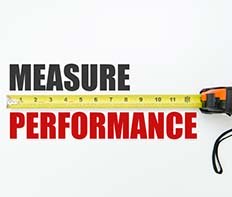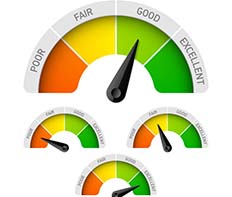Determining what to Measure
In reality, selecting performance criteria comes down to one thing, determining how you will know if a job is being done well, identifying the elements that you are looking for from a job role and describing these elements specifically.
Example of Performance Standards that Sound Good

Example 1
A team leader might have a performance standard "holds their people accountable for delivering results". Great, however it is not specific and is difficult to measure.
To clarify you may add some guidelines or clarifications such as
- you quickly address performance issues
- you keep diary note records of your performance conversations
- all employees who do not meet expectations 2 months in a row have a documented performance improvement plan in place
Example 2
A numeric target, such as “serving 6 customers per hour”, sounds good. However, if the employee does not control the rate of customer arrivals then the measure is not within the employee’s control, as there may be times when there are less than 6 customers per hour.
It can be a challenge to evaluate part time customer service employees who only work a few hours per day and tend to work off peak service times, as these employees cannot be compared to employees who work peak times for customer traffic.
Example 3
For a Sales Person: Meeting sale targets, may seem logical, however do you require a sales person to meet their annual sales target or all 12 monthly targets?







